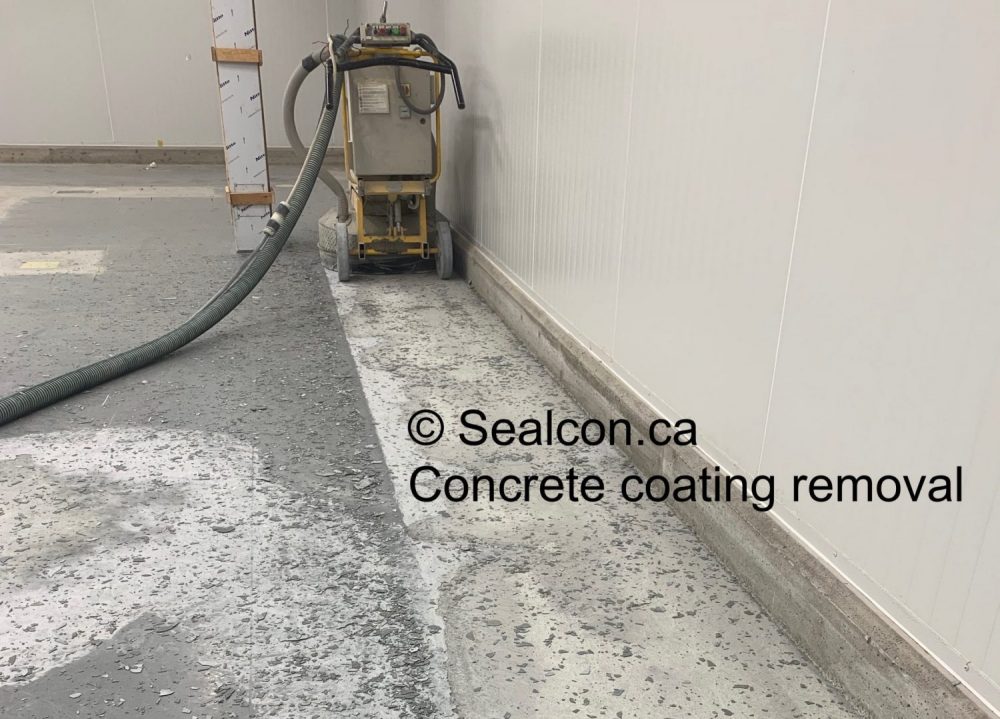Concrete grinding
Concrete grinding with the right diamond grinding method is very effective in removing all the unwanted contamination and unevenness in the concrete, grinding can quickly and efficiently remove traffic wear patterns, existing coatings, surface, adhesives, thin-set, micro pitting, and most concrete finishing imperfections, diamond grinding can also be used to flatten surfaces. This process involves the use of specialized concrete floor grinding equipment fitted with diamond-impregnated discs designed to alter and control the surface profile, by abrasively smoothing the surface using finer discs any desired profile can be achieved.
Designer finishes can be created by concrete floor grinding, the use of coarse discs and sequential passes over the surface can expose various aggregate sizes within a concrete pour.
Save time and money by combining the most efficient flooring and adhesive removal techniques
Save time in the floor turnaround process! Our floor removal equipment will remove the existing floor covering and most of the adhesive in the same step. This enables our diamond grinders to quickly remove any remaining adhesive and profile the surface ready for new flooring.
Need to shave concrete down without removing the slab or chipping?
Our specialized concrete removal equipment can be used to mill slopes into concrete floors and also cut down concrete up to 1/4″ – 1/2″ per pass!
concrete floor polishing
Polished Concrete steps effectively rejuvenate existing concrete floors that are dusty, worn, pitted and otherwise suffering years of abuse, restoring them with an attractive, light reflective, durable and stone-like polished finish. Polished concrete floors eliminate the need for costly Epoxy flooring and polyurethane resurfacing to rejuvenate, Our concrete floor polishing Systems Will turn that old abused concrete floor into a much better looking than the day it was poured many years ago and yield many additional years of service and the most cost-efficient maintenance, Many warehouses, plants and factories use acrylic paint to give their concrete floor a shiny finish.
After many steps of concrete grinding, some sort of sealer is required to protect the concrete surface.
Unfortunately with high traffic, these polishes quickly degrade leaving the floor dull and susceptible to damage, which results in even higher maintenance costs.
Unlike floor burnishers or floor maintenance equipment polishes, our polished floor systems are not a topping, but rather a penetrating treatment that provides long-lasting, wear-resistant shine along with superior protection for the actual concrete, new floors can also benefit from our floor systems after the concrete has cured and hardened sufficiently to resist the aggressive steps of the concrete grinding for preparation purposes.
Our floor systems work with the concrete process to produce a surface that polishes and resists wear with ongoing use and provides increased lighting enhancement and reflectivity.
This is a permanent low-cost solution, we work with the concrete itself creating a solid, smooth and consistent look throughout. Because the process is quick and environmentally safe, our system can be used in the food and hospitality industry, as well as in industrial applications and high-traffic schools and businesses to Find out more about service prep click here.
CONCRETE GRINDING & SURFACE PREPARATION
Polished Concrete Explained
Simply put, polishing concrete involves concrete grinding using a series of diamond tools to grind and polish the concrete surface. This is a common definition and while it may be technically accurate it does little to help the end user understand polished concrete. Below I have provided practical questions and answers to help understand polished concrete.
Where Can I Use Polished Concrete?
Polished concrete is one of the most versatile flooring solutions available and can be used in residential, retail, commercial, institutional and industrial applications.
Two primary weaknesses need to be considered when evaluating the use of polished concrete. The first is concrete’s permeability, which allows it to absorb potentially harmful substances like oil or solvents. The second weakness is its susceptibility to acidic substances, which will cause the cementitious portion of the concrete to break down and erode that’s why in an acidic environment is highly recommended to use Epoxy floor coating.
Concrete densifiers and micro sealers offer protection against these issues but they are only suitable for non-industrial applications where mild exposure is experienced. The application of a chloride screen densifier is highly recommended in regions where the concrete may be exposed to deicing salt.
Environments that are primarily dry are ideal for polished concrete; incidental water exposure from outdoor foot or auto traffic is not a problem.
What Constitutes a Good Polished Concrete Floor?
In a word, flat! Super flat floors are the gold standard whether we’re talking about a polished concrete floor in a warehouse or an aggregate exposed, stained and polished showroom. There are substantial benefits to the aesthetics and the safety of a floor that has been ground flat, they’re also easier to maintain and re-polish which means a lower cost of ownership. The polish should also be scratch-free, poor quality polishes will have scratches and concrete grinder marks on the floor. The final and most obvious signs of a good polish are clarity and gloss, you should see a nice clear polish with objects being clearly reflected in the floor. The polish should not look cloudy or hazy or have white patches.
How Do I Ensure I Get a Good Polished Concrete Floor?
You need to provide the bidding concrete grinding contractors with a proper process specification and the level of shine that you want on your floors. The worst thing you can do is not provide a specification because the concrete grinding and polishing industry is not regulated so contractors will price the cheapest possible system to win the bid and not necessarily the proper system or even an acceptable one. Once you have tendered your project with the correct specification you need to meet with the top three bidders to discuss their qualifications and experience. I highly recommend that you get at least two references where you can go and see the projects and speak to the customers.
